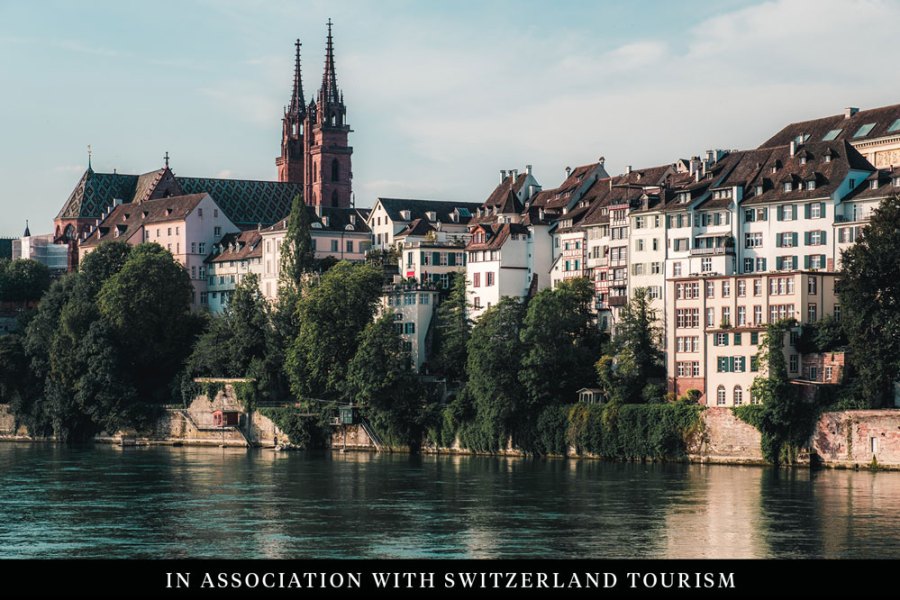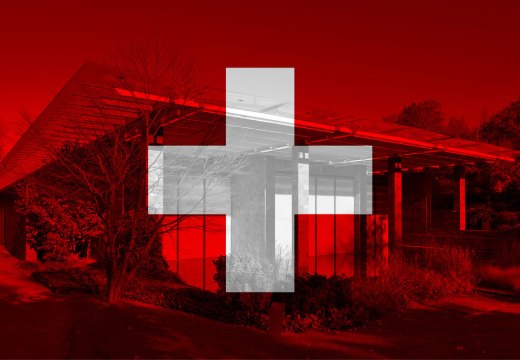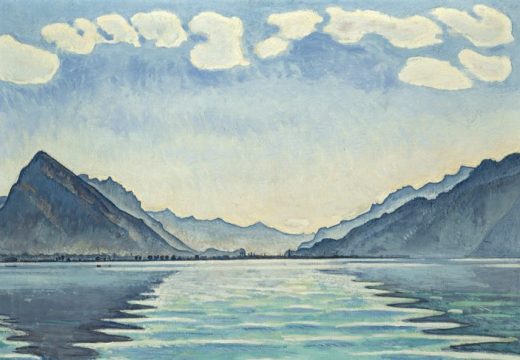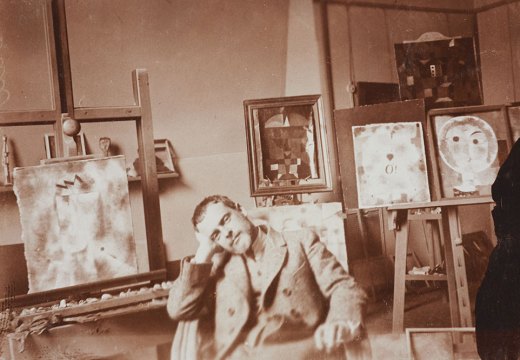Switzerland’s cities are home to some of the greatest museums and cultural venues in Europe. What better way to discover them than by following the tips of art-world insiders who have made their homes there and have a fast-track into the best that the Swiss cultural scene has to offer? In the first of a new series, Josef Helfenstein, director of the Kunstmuseum Basel, picks out his highlights from the many museums and heritage sites, as well as bars and restaurants, that make Basel such an alluring destination for cultural tourists – a city of contrasts and of constant discovery, in which vibrant traditions meet cosmopolitan flair.
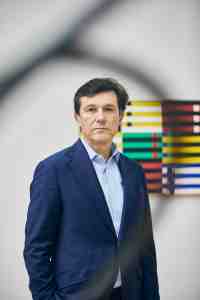
Josef Helfenstein Photo: Lucia Hunziker
Basel is a historic city with a contemporary edge – and that’s what I love about it. It was a humanist centre in the Renaissance, with Erasmus, Holbein and others living here. That history is very compelling. But the city is also home to Art Basel and is a place where a lot of talented young people – musicians, researchers and so on – choose to live. Basel is a very open city, one that’s culturally diverse and that punches above its weight in terms of cultural venues and opportunities.
People come to the city in the footsteps of Holbein, who spent a lot of time here as his father did before him. But they also visit on the trail of writers and philosophers: Nietzsche, for instance, who was not allowed to teach in Germany and was hired by the University of Basel at only 24 years old, or Dostoevsky, who came here specifically to see Holbein’s Dead Christ. This is certainly no backwards looking place, though. Albert Hofmann invented LSD here in 1943 – and though I wouldn’t recommend that to visitors, they should certainly visit the campuses of the big pharmaceutical companies, Novartis and Roche, because those are great places architecturally. Herzog and De Meuron’s towers for Roche have given the city a fresh international touch.
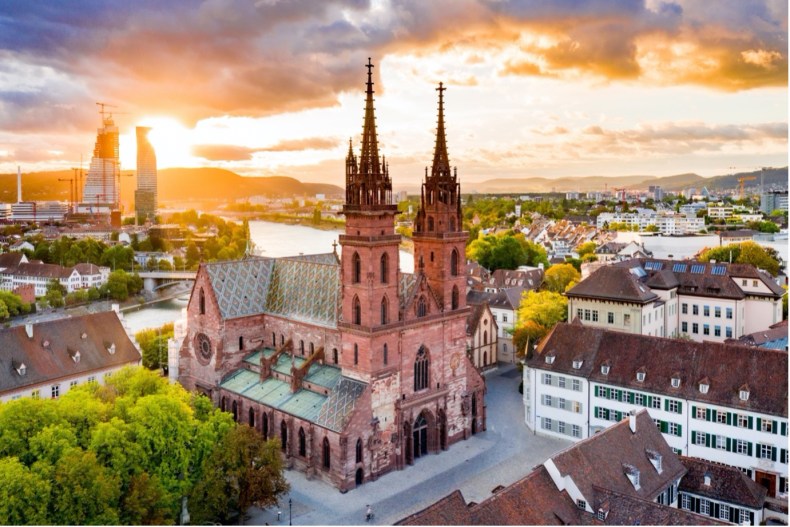
Basel Cathedral, with the Roche towers under construction in the distance. Courtesy Basel Tourism
The meeting of old and new is strongly felt in the city’s architecture. The Rathaus (town hall) is a must see, a beautiful, strikingly colourful building that stands boldly for civic democracy. Since Basel is so small, architects have to be particularly sensitive to its historic fabric, which means that there are lots of careful, clever marriages between the old and the new – a sensibility I admire a lot after working in Texas for many years. The Museum der Kulturen Basel, for example, which is the largest ethnographic museum in Switzerland, had its historic building reimagined by Herzog & De Meuron, allowing the contemporary to emerge as an evolution of what was there before.
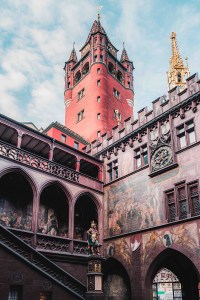
The Rathaus (town hall) in Basel. Courtesy Basel Tourism
The Kunstmuseum Basel, of which I’m the director, is at the heart of the city’s cultural life. Our collection of more than 300,000 works really belongs to the public. The museum’s courtyard is the best expression of that – an open place that you can visit without paying to access the museum. We have this responsibility to be a public place for the city, beyond art, and be open to the public in a way that goes beyond visiting the collections. Besides Holbein’s Dead Christ, if I were to pick out one work that’s somehow emblematic of the collection I would probably choose Picasso’s The Two Brothers [1906], an icon of caring in which one boy carries his brother, both naked, on his back: it’s a beautiful painting and all our visitors want to see it. But we have a superb contemporary art collection, too, with one of the greatest holdings of works by Andy Warhol in Europe and important pieces by Mark Rothko, Barnett Newman and many others.
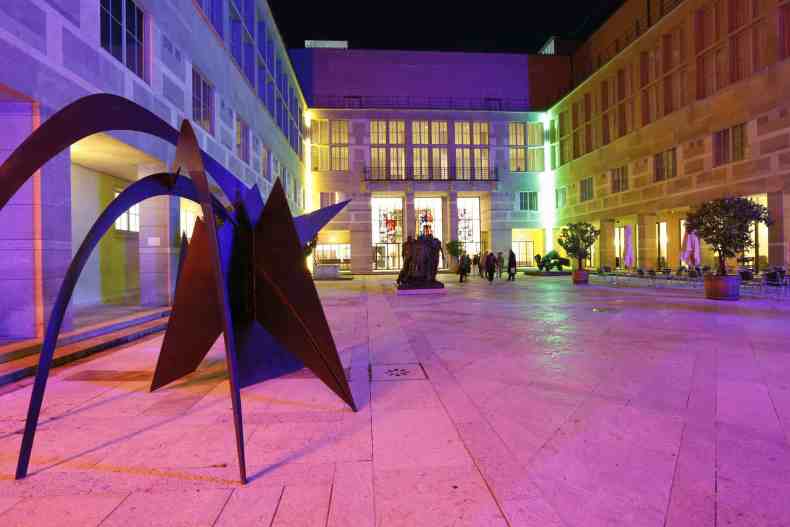
The courtyard at the Kunstmuseum Basel. Photo: Julian Salinas
There are so many great museums in Basel that it’s hard to find time to visit them all: the Fondation Beyeler, the Museum Tinguely (which is celebrating its 25th anniversary this year), the Schaulager and the Kunsthalle – one of the oldest such places in Europe but still a leading venue for contemporary art. One collection I love that’s less well known than these venues is the Pharmacy Museum at the University of Basel – a unique place, which offers an exploration of the history of medicines and their manufacture. The city is also home to the only Jewish Museum in Switzerland, which is moving into larger premises in coming years. And in the autumn, plenty of ambitious exhibitions are scheduled to open: the Fondation Beyeler is doing a huge Goya show (10 October–23 January 2022) and we’re mounting the first exhibition in Switzerland for many decades on Camille Pissarro, who is the most overlooked of the Impressionists but without whom the group would never have formed (4 September–23 January 2022).

The Pharmacy Museum at the University of Basel. Courtesy Switzerland Tourism
The city has a historic restaurant scene but one that’s also changing a lot, particularly in the Kleinbasel area. There are famous places in Grossbasel (the old town), too, such as Safran Zunft, set in a historical guildhall, or the Grand Hôtel les Trois Rois, where the state of Israel was first conceived by Theodor Herzl towards the end of the 19th century – and which is also undoubtedly one of the most luxurious places to stay in the city. It’s home to a number of leading restaurants, including the 3 Michelin-starred Cheval Blanc. But there’s also a lot of scope for discovery. I recently went to Apulia at the Spalentor (one of the city’s surviving medieval gates) – it has great Italian food! For a drink before dinner, I love to visit the Cargo Bar, down the river in the St Johann neighbourhood next to the Johanniterbrücke.
Where to stay? The Hotel Krafft is a beautiful place, and you’ll be in one of the liveliest places in the city, socially and culturally. Nomad Design & Lifestyle Hotel is great too – it’s international and stylish – and a lot of our artists and visitors stay there. Other highly rated boutique hotels are the Hotel Volkshaus or Der Teufelhof Basel, which is located in two 18th-century townhouses that have been knocked together.
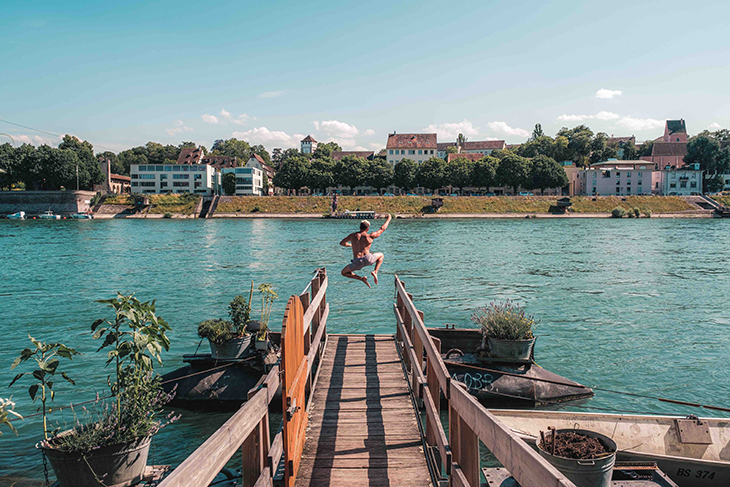
Swimming in the Rhine at Basel. Courtesy Basel Tourism
Basel is a very international city. More than 30 per cent of people here come from outside Switzerland, and you feel here that you’re in Europe as much as you’re just in Switzerland. You can swim down the Rhine to France in five minutes. If you’re here for a few days you should cross the border into Germany to visit the Vitra Design Museum, which you can reach by public transport. And you shouldn’t miss Colmar – one of the wonders of the world, a historic town that you approach through hilltop vineyards and flower-filled villages, and which is home to Grünewald’s breathtaking Isenheim Altarpiece. Another great day trip – within Switzerland – is to the Augusta Raurica archaeological park, the site of an ancient Roman colony on the Rhine… Which reminds me that I haven’t even mentioned the Antikenmuseum Basel and Sammlung Ludwig, the only museum of antiquities in Switzerland. It has an amazing collection and puts on exceptional exhibitions. It’s really at the calibre of the British Museum, but on a smaller scale.
Book your trip to Basel now and receive a gift of your choice. With its varied selection of art, culture, architecture and, of course, relaxation, the city offers the perfect spot for a city trip. Get back into the holiday mood now with this special offer. Book now.
To find out more about Switzerland’s leading art museums and their upcoming exhibitions, visit the Art Museums of Switzerland website.
Unlimited access from just $16 every 3 months
Subscribe to get unlimited and exclusive access to the top art stories, interviews and exhibition reviews.

